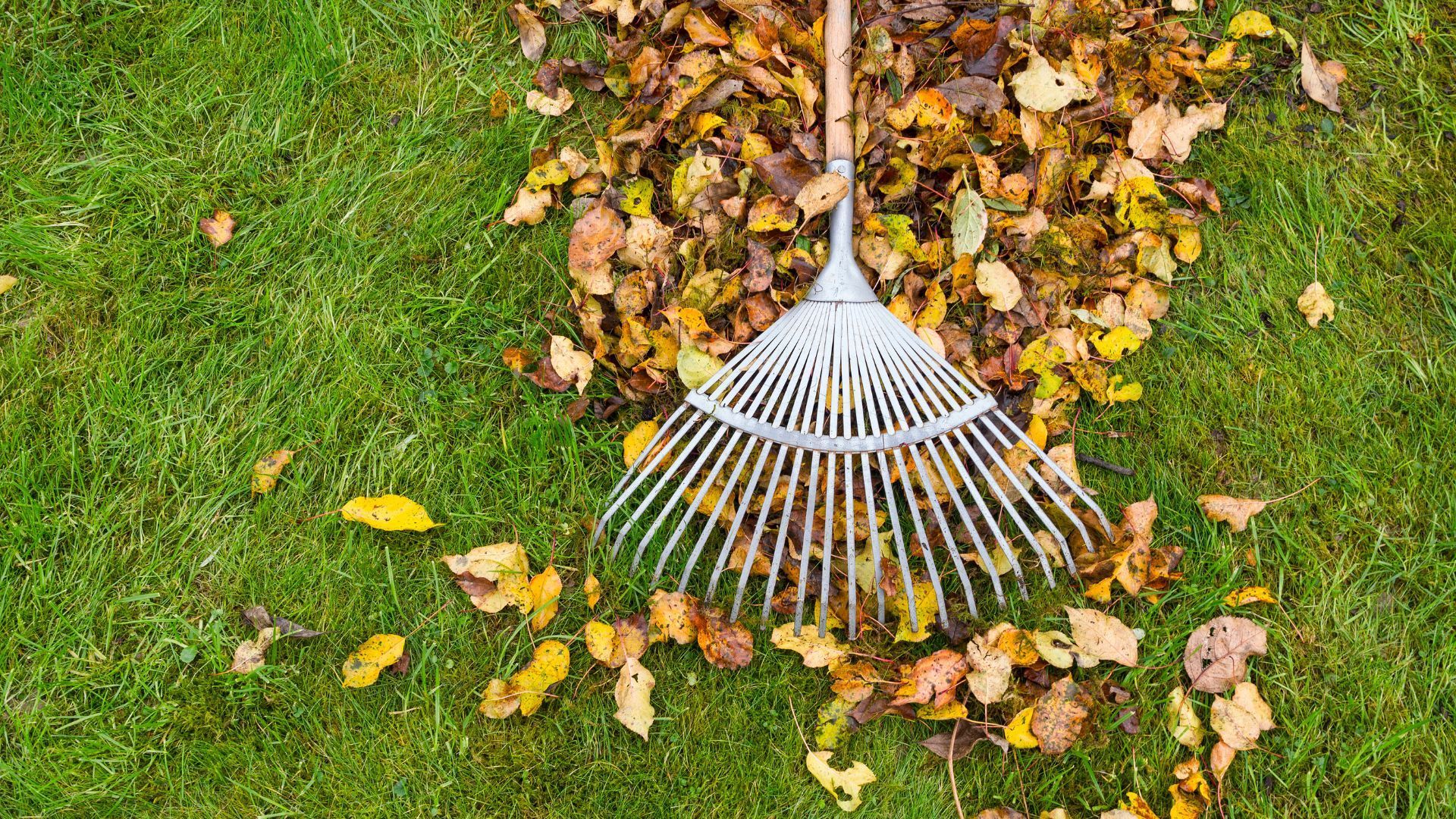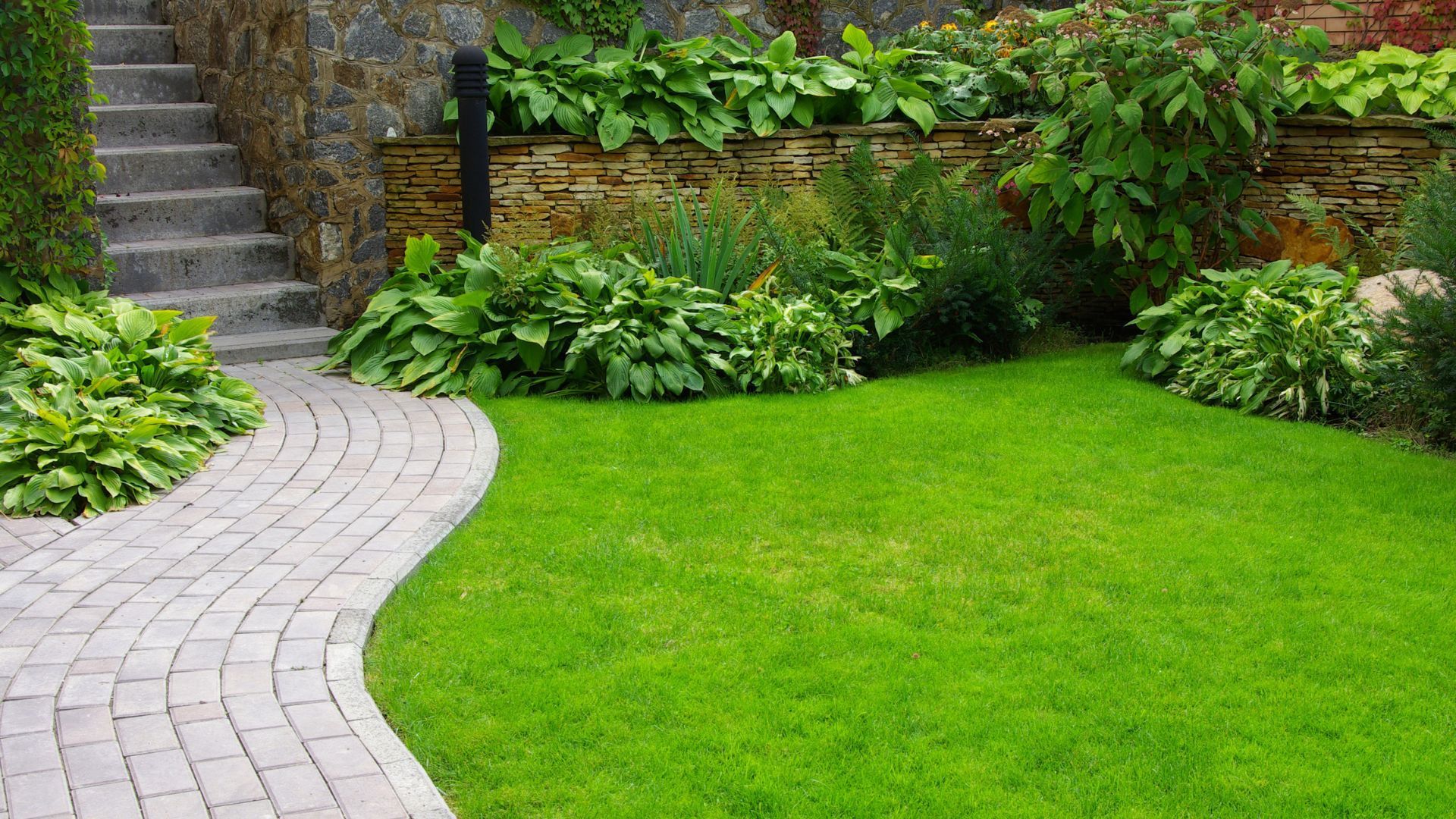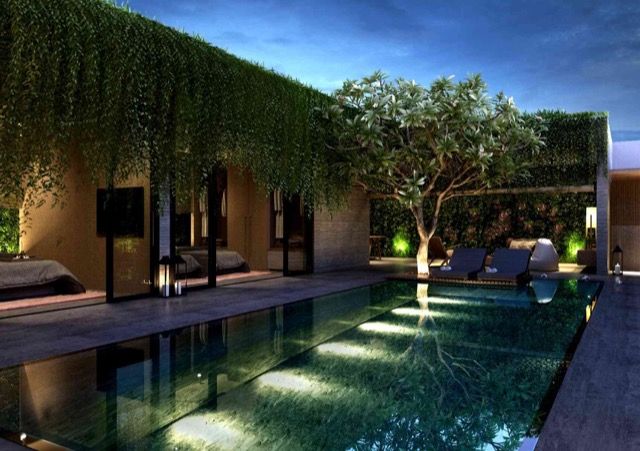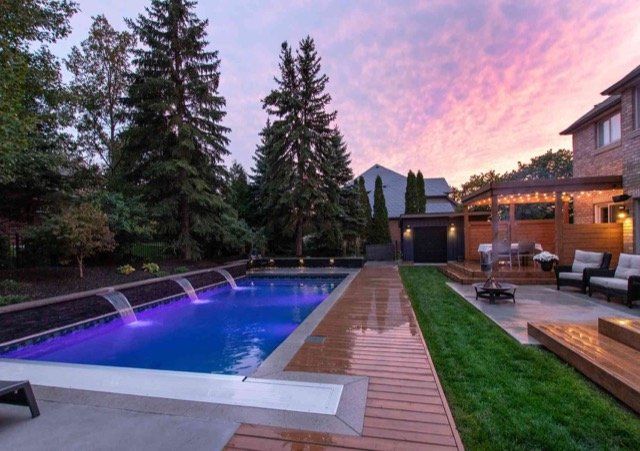How to design your garden lighting?
How to design your garden lighting?
When it comes to garden lighting, having the right design can really help improve the look and feel of your outdoor space. This is true, especially if you want to make certain elements of your garden pop up in a beautiful but sophisticated way.
That said, it is crucial that you first have a rough idea of the look you are going for. This is crucial as it helps ensure that your garden stays efficient and functional even through the night.
If you are
designing your garden lighting for the first time, no need to worry. We are here to help! We understand that this is a great investment and therefore, with our expert advice, we will help you draft a beautiful garden lighting design so you can sit back and relax in a chilled atmosphere whenever you feel like.
Wanna know how? Read on.
Can you install outdoor lighting designs yourself or do you need to hire a professional?
Ideally, whether you can install the lighting on your own or not, solely depends on the kind of lighting you are going for.
For instance, both solar and battery-powered lighting rarely involve cables and high voltage electricity, which makes it easy to install by yourself.
On the other hand, permanent wired lighting is a little bit complex and involves a lot. In such scenarios, having professional help really goes a long way towards ensuring you are safe, and mitigating major errors and faults that could put your life and that of your loved ones at risk.
What are different types of outdoor lighting design?
Essentially, there are four different lighting designs you can use in your garden. They include:
- Ambient lighting
- Security lighting
- Feature lighting
- Task lighting
One thing you should know however, is that all these types of lighting designs have different functions, making them absolutely necessary for you, especially if you will be using your outdoor space regularly.
Tailor outdoor lighting design to suit your space
With great creativity, you can never run out of options on how best you can design your garden to make your spaces fit together. All you need to do is be as basic as possible.
Here is how you can achieve this…
First, you need to know that too much light isn’t great at all. Instead, only use small amounts of light to highlight key areas and elements. For instance, you can use lighting to highlight a change in surface level for safety guidance, or even go as far as improving the look of your patio.
Zone your garden with clever outdoor lighting design
Different sections in your garden require different types of lighting designs. This helps create a different atmosphere, where everyone can sit back, relax and interact without any issues or complications.
Dining areas and lounges for instance, need a warm welcoming look. Therefore, it is advisable to use lighting such as fairy lights and flickering lanterns.
On the other hand, if you want to create a modern garden, wall lights, uplighters fixed in poles, underseat lightings and fairy lights on trees could really give your garden that modern look.
Conclusion
Designing garden lighting can be a daunting task at times. And since you need a good return on your investment, why don’t you let us bring the best out of your garden? With Landscaping Langley Ecoturf, you can be sure that your designs will turn out perfect. That said, if you need any further assistance, don’t shy away from reaching out to
our team.
You might also like



Get A Free Quote!
Contact Us
We will get back to you as soon as possible.
Please try again later.
SERVICE AREA
Contact Us
- Mon - Fri
- -
- Sat - Sun
- -


